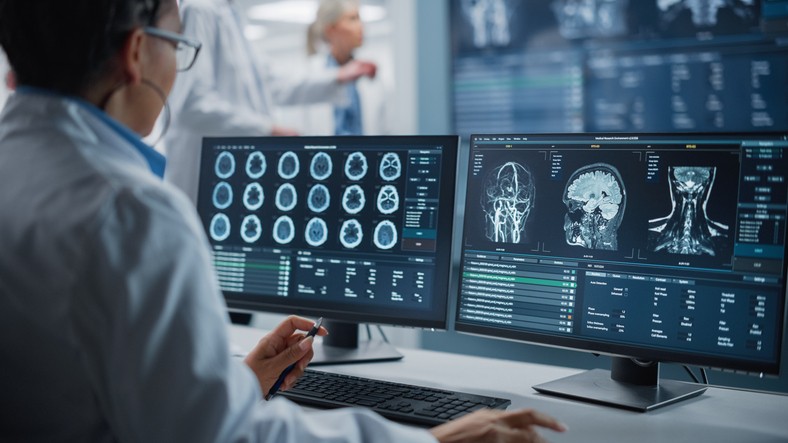

Magnetic resonance imaging (MRI) has been used clinically for many years. Image interpretation is almost always qualitative, where differences in contrast between anatomical structures are used to distinguish between normal and abnormal tissues. But, from the outset, scientists and clinicians understood the potential power of quantitative MRI (qMRI), which can be used to measure a wide range of chemical, physical and physiological properties. qMRI is becoming more and more common, thanks to technological advancements overcoming some of the inherent challenges, but the uncertainty associated with the measurements obtained is rarely discussed. In this course, we will look at methods for addressing this uncertainty. The Guide to the Expression of Uncertainty in Measurement (GUM) provides the law of propagation of uncertainty as a method for evaluating measurement uncertainty and GUM-S1 provides the Monte Carlo method as an alternative.
The aim of this course is to provide an idea of how to determine measurement uncertainty in the particular example of magnetic resonance imaging-derived fat fractions. Fat fraction is the ratio of the MRI signal coming from the protons in fat to the MRI signal coming from both the protons in fat and the protons in water. The information is intended to provide a foundation for future work but is not designed to be taken and applied directly in a clinical setting.
During the course we will:
This course is aimed at junior MRI professionals who may be very familiar with qualitative MRI but are specifically looking to expand their knowledge of quantitative MRI, as well as physicists and PhD students with an interest in MRI metrology.
We strongly recommend you take our ‘Metrology for MRI’ e-learning course prior to this one. In addition, it will be very helpful to have an understanding of how measurement uncertainty is evaluated, according to the GUM uncertainty framework. That is covered in brief in both this course and ‘Metrology for MRI’. If you need any further resources, there are many that are publicly available, including our own paid e-learning courses ‘Introduction to Measurement Uncertainty’, ‘Understanding Uncertainty Budgets’ and ‘Understanding and Evaluating Measurement Uncertainty’.